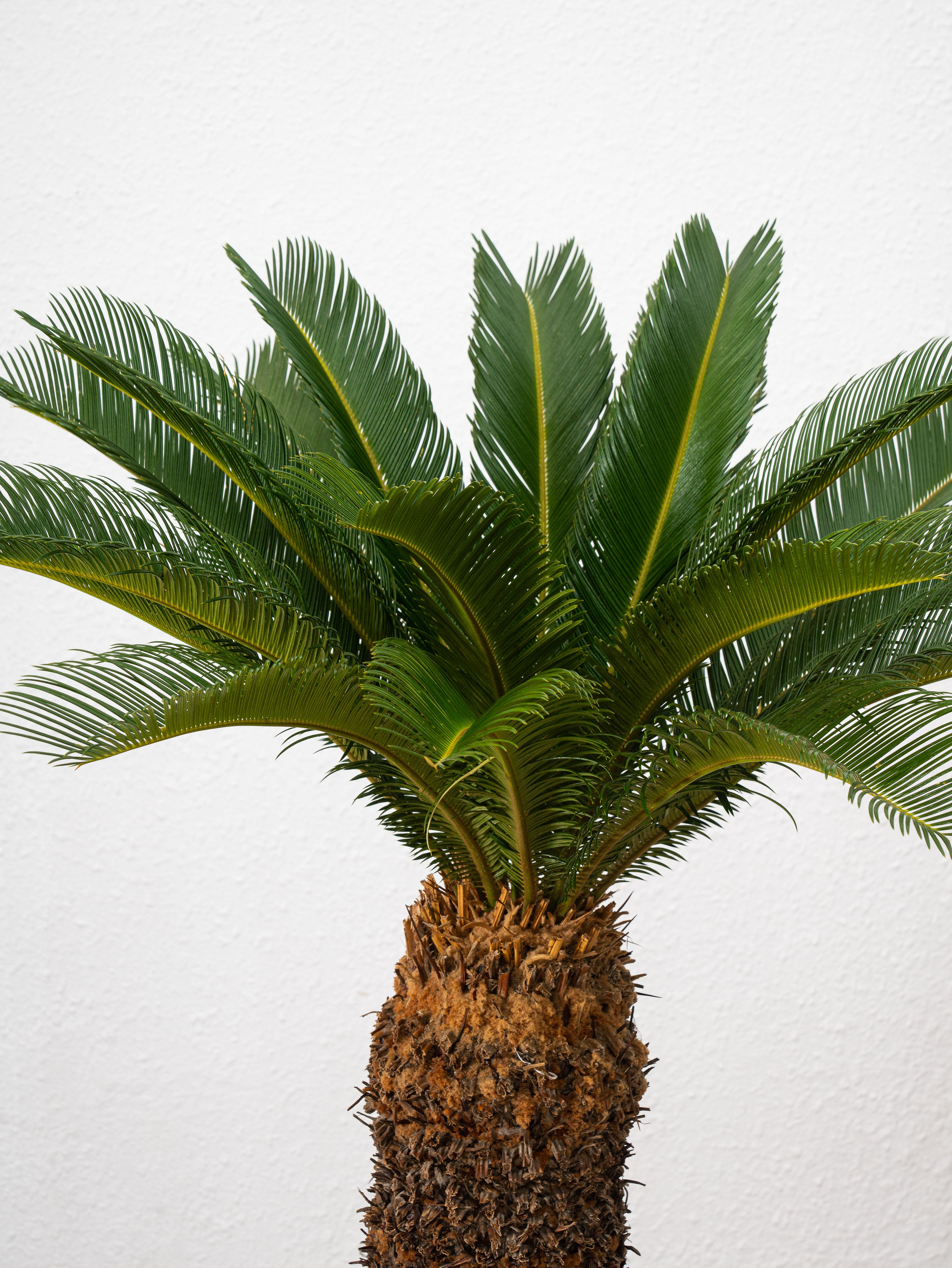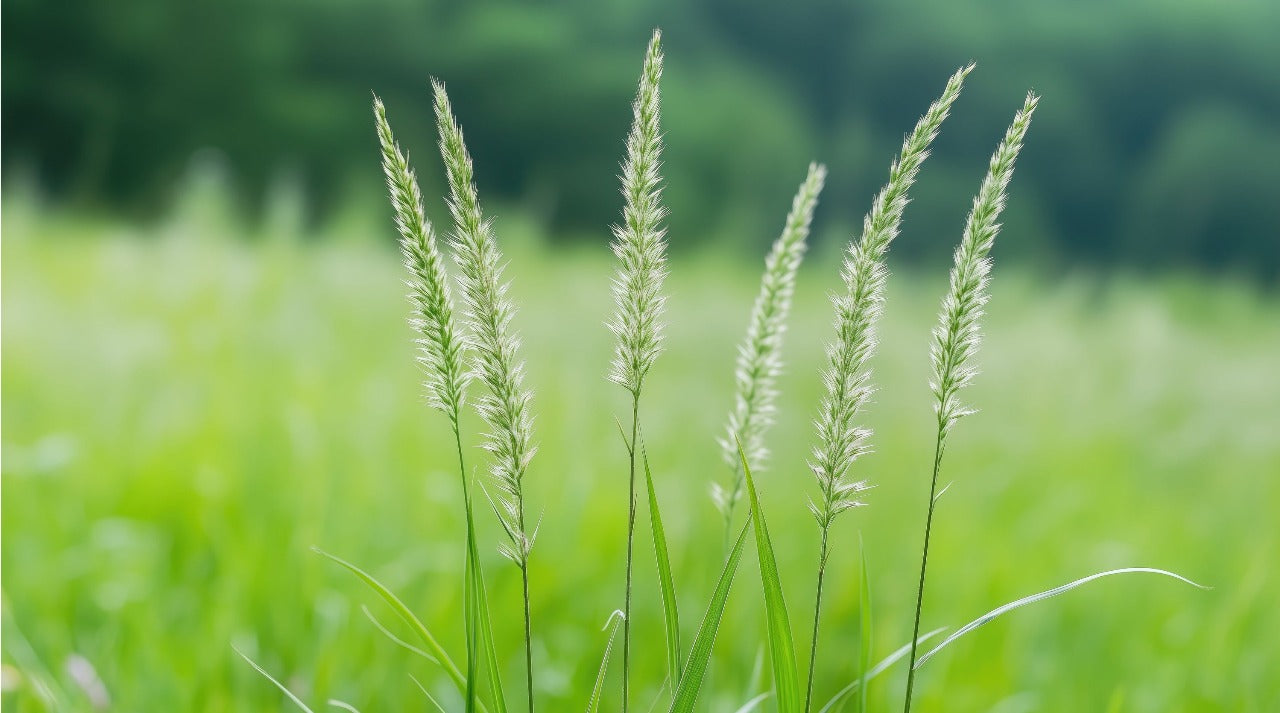Growing a lush, green lawn from grass seeds requires the right conditions to ensure successful germination and healthy growth. Whether you're seeding a new lawn or overseeding an existing one, understanding these critical factors can make all the difference. Here are the four best conditions for growing grass from seeds:
1. Optimal Soil Preparation
Before planting grass seeds, preparing the soil is crucial for successful germination. Healthy soil provides the necessary nutrients and structure for grass roots to thrive.
Key Tips:
- Soil Testing: Conduct a soil test to determine pH levels and nutrient deficiencies. The ideal pH range for most grass types is between 6.0 and 7.5.
- Aeration: Loosen compacted soil using a garden fork or aerator to improve air circulation and water penetration.
- Organic Matter: Incorporate organic matter like compost to enhance soil fertility and structure.
- Leveling: Ensure the ground is smooth and free of debris to promote even seed distribution.
2. Proper Watering Schedule
Water is vital for seed germination and establishing strong roots. The goal is to keep the soil consistently moist but not waterlogged.
Key Tips:
- Frequent Light Watering: Water lightly 2-3 times a day until seeds germinate (usually within 7-21 days, depending on the grass type).
- Gradual Reduction: Once the grass reaches about 1 inch tall, reduce watering to once a day, then gradually transition to deeper, less frequent watering as the lawn matures.
- Avoid Overwatering: Excess water can lead to fungal diseases and seed washout.
3. Ideal Temperature and Sunlight
Grass seeds require specific temperature ranges and light conditions to thrive. Choosing the right season and understanding your grass type's needs are essential.
Key Tips:
- Cool-Season Grasses: (e.g., fescue, ryegrass) thrive in temperatures between 60-75°F, making early fall and spring ideal for planting.
- Warm-Season Grasses: (e.g., Bermuda, zoysia) prefer 75-90°F and should be planted in late spring or early summer.
- Sunlight Requirements: Most grasses need at least 4-6 hours of sunlight daily. Consider shade-tolerant varieties for low-light areas.
4. Using Quality Grass Seeds and Fertilizers
The quality of grass seeds and the use of proper fertilizers significantly impact growth rate and lawn health.
Key Tips:
- High-Quality Seeds: Choose seeds that are certified and suitable for your region's climate.
- Seed Mixtures: Use blends tailored to your specific lawn conditions (e.g., sun, shade, drought tolerance).
- Starter Fertilizer: Apply a phosphorus-rich starter fertilizer to encourage strong root development.
- Weed Control: Avoid using weed killers until the grass is well-established, as they can harm young seedlings.
- Final Thoughts
Growing grass from seeds requires patience and attention to detail. By focusing on soil preparation, consistent watering, appropriate temperature and sunlight, and using quality seeds with proper fertilization, you can create a vibrant, healthy lawn. Monitor your lawn regularly and make adjustments as needed to maintain optimal growing conditions.













Leave a comment
This site is protected by hCaptcha and the hCaptcha Privacy Policy and Terms of Service apply.